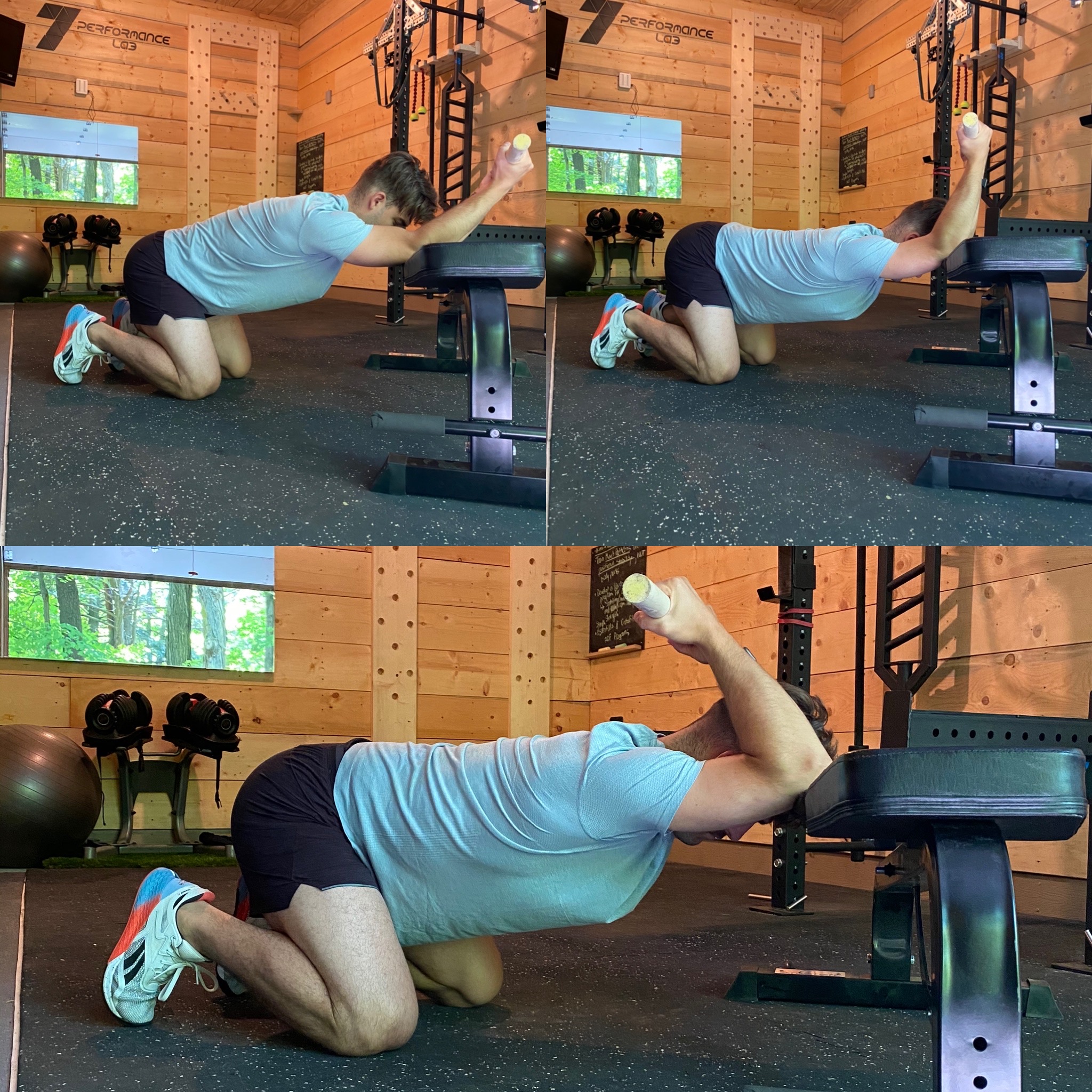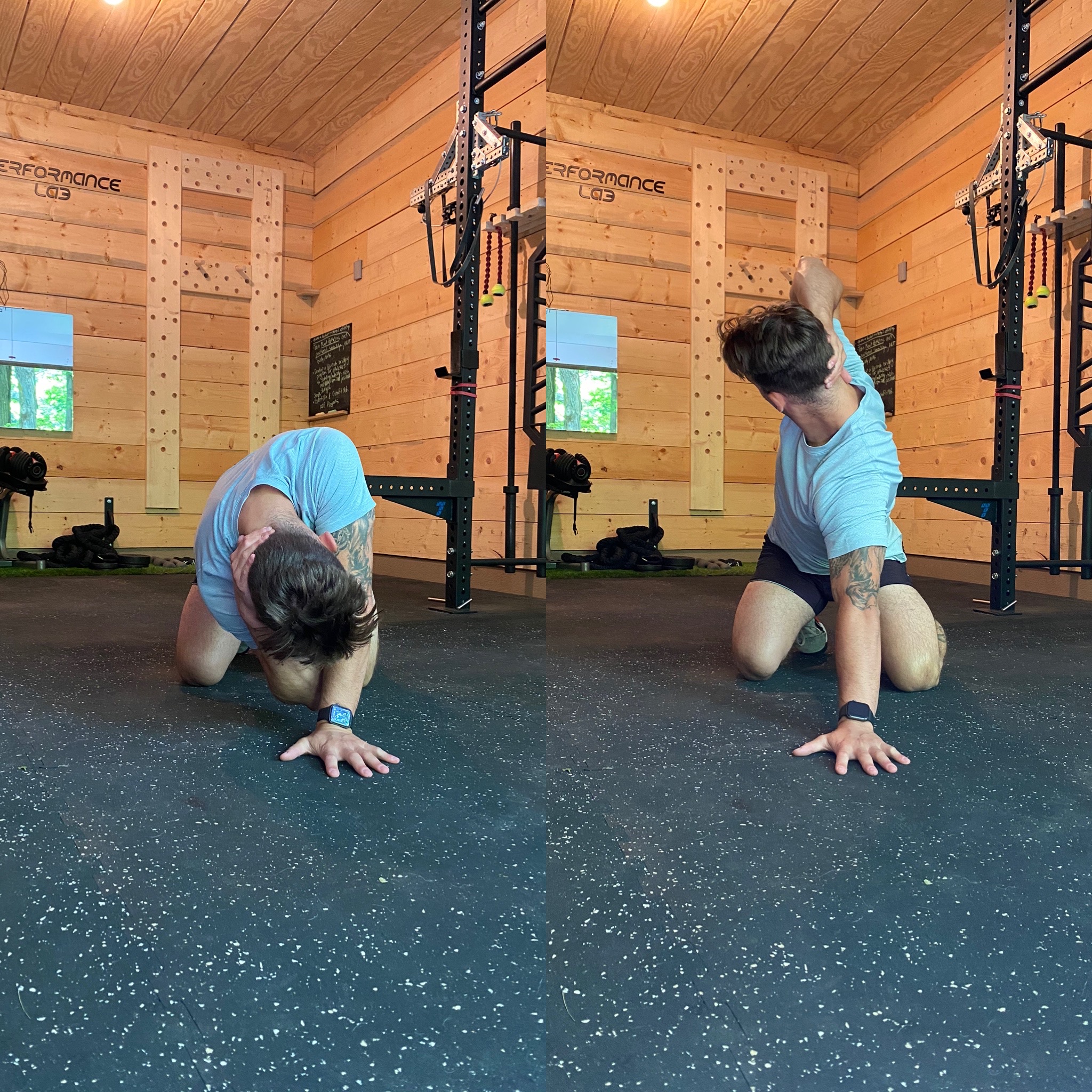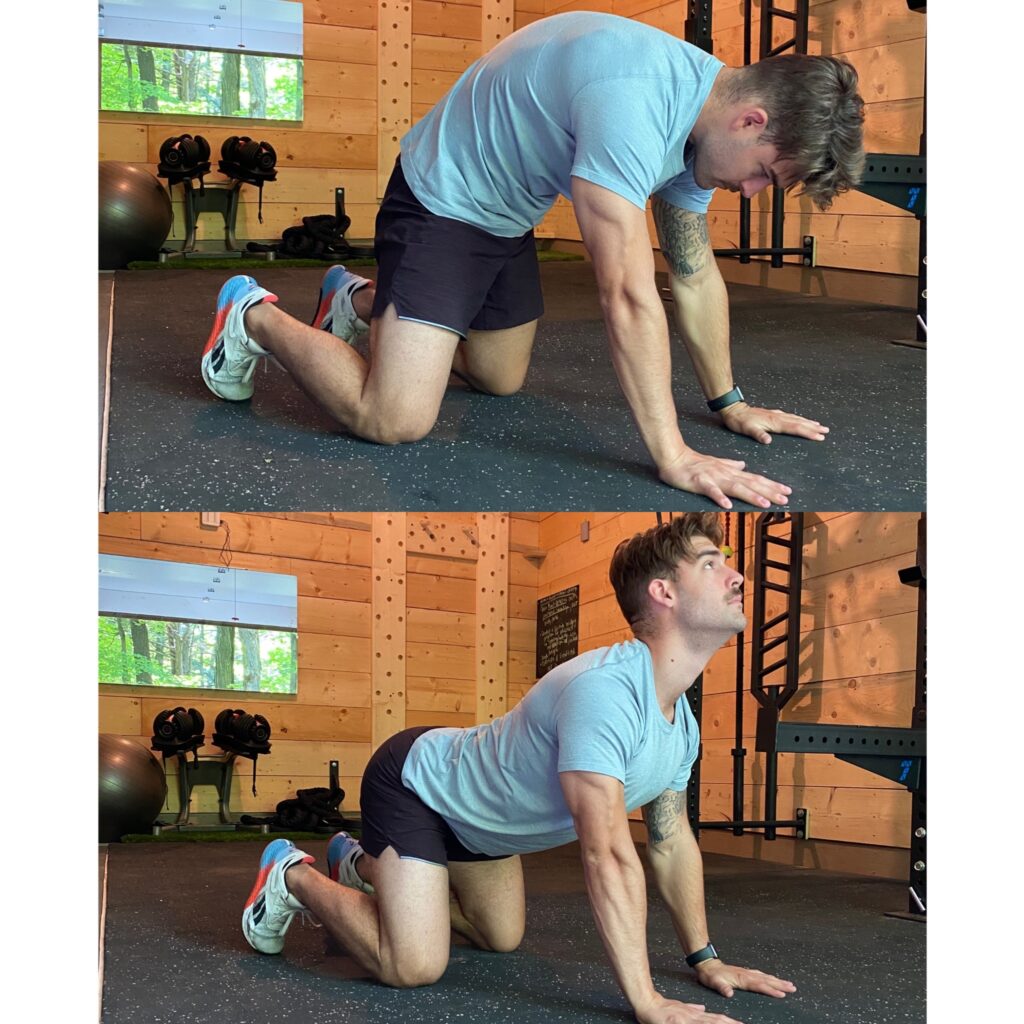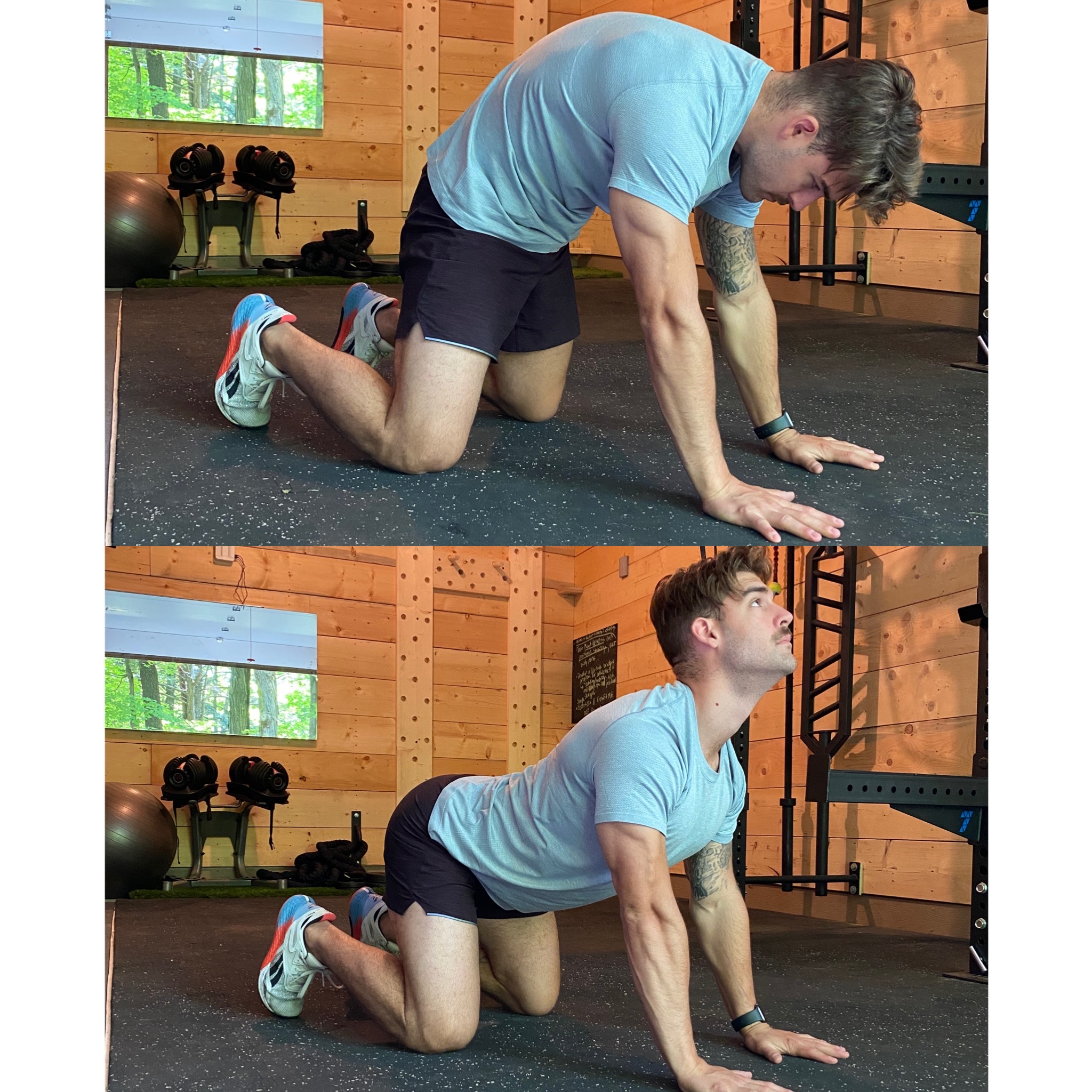By Alexander Derlis
The shoulder is one of the most complex regions of the body. But before we address shoulder function, let’s chat for a minute about the idea of “the body’s continuity”. Have you ever sought treatment for a specific issue, only to realize you have restrictions and tension in areas surrounding that region? Perhaps you were puzzled when you didn’t receive treatment in the area giving you grief. I mean, before I began my journey as a manual therapist and movement coach, I felt perplexed about the body’s continuity. Knowing now, what I didn’t then, it is very easy to understand what was happening. No one segment of tissue (muscle or otherwise) will act alone in any movement or posture. This is the cornerstone to providing the full-scale care that people don’t know they need.
For academia’s sake, here’s a little rundown of the human body as one complex unit. The body is a system of interconnected structures acting together to produce a task at any given time. That task can be as simple as maintaining its natural position while sitting or standing still. It can also be as complicated as a group of muscles combining contractions to brace and stabilize, while other groups perform dynamic contractions to produce a complex movement pattern, such as pole vaulting. The body is a chain of interconnected structures and we must look at the rest of that chain for the root of the presenting issue. The more you understand this idea, the more prepared you are to accept the best treatment plan.
This brings us back to the shoulder, an area that causes people difficulty producing strength and painless movement in everyday tasks such as reaching above shoulder height. Looking at the shoulder, we can see that there are two major boney structures that make it up. The humerus (arm bone), which makes up the ball portion, and the scapula (the shoulder blade) which makes up the socket of this traditional “ball-and-socket” joint. What sometimes goes unrecognized, is where and how this complex unit joins the trunk. The front is connected by the Clavicle (collarbone) through a traditional bone-to-bone joint, and in the back (at the Thoracic Spine) via a non-traditional joint connected by a group of muscles we call the retractors. Because of this connection, it is essential for this region of the spine to be mobile in all planes of motion in order for the shoulder to move freely and without pain.
If you’re having restriction and/or pain or discomfort in any movement with the shoulder joint, the restriction could stem from the lack of range of motion within your t-spine. As always, a proper assessment with your therapist is the best option, but as a starting point you can perform these three maneuvers to assess the movement of your T-spine. It will become quite evident whether you are restricted in any of these movements and you can then utilize them as a treatment or movement prep before ANY type of exercise.
Performing the following three movements, within the parameters noted below, will actively and passively effect the mobility of both the Thoracic Spine, and the Shoulder Complex. These movements will assess your range and prepare you for your workout by moving in spinal flexion, extension, and rotation.
1. Cat-Cow (Thoracic Spine focus)
TIPS: Cat – imagine a strap around your chest and a crane is lifting you up by it
Cow – imagine you’re attempting to slightly touch the floor with your chest only
2. Thoracic Spine Extension (with dowel or broomstick)

TIPS: Don’t over-arch, no bouncing movements: time your exhale with extension
3. Thoracic Spine Windmill

TIPS: Avoid a lean from side to side; imagine you’re stuck in a tub as wide as you are
Are you a medical Professional and would like to start using RockTape? Sign up for a medical account here and save.
Need to upgrade your home training game? Click here to shop foam rollers, RockBands and RockTape.

